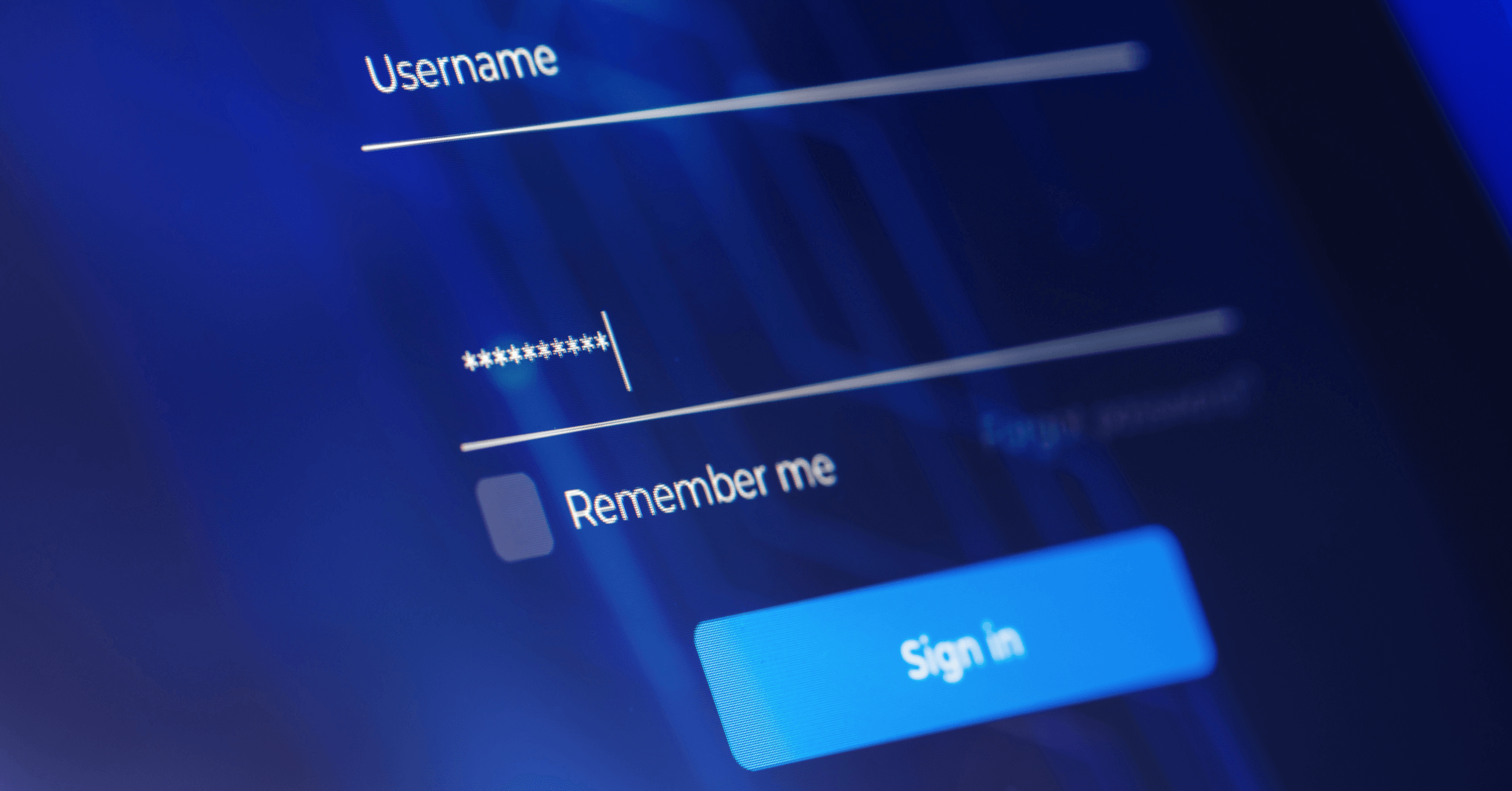
Enterprise architecture can be the solution to most of the common problems IT teams face in their daily work. Let's explore the four challenges for IT teams and how enterprise architecture management can support you in overcoming them.
Enterprise architecture (EA) isn't fully understood by many companies. Yet, so often, we hear from IT teams who are struggling with the same issues that an EA function could be helping them to deal with.
It's common to think EA is just an 'ivory tower' exercise that has no practical use. In truth, however, EA deals with the hands-on, practical issues that IT teams face every day.
To find out more about how an enterprise architecture management tool can support your IT teams, book a demo of our platform, or read on to learn how LeanIX helps you deal with your key challenges.
1 Technical Debt

Traditionally, technical debt is the financial amortization that you incur whenever shortcuts are taken while developing software. If you build a system on outdated technology, then eventually you will have to pay to replace it and all your work will be wasted.
Over time, however, tech debt has become a catch-all phrase for all the problems that arise in your IT landscape when you put off replacing legacy technology. You have to balance the value of shiny new tools against the expense and workload of implementing them, but sooner or later, you will need to make the investment.
Sometimes it's easier to just rip off the Band-Aid and invest in innovative software that will give your business an edge in the market. Equally, however, wasting money on too many new toys when it could be spent on human resources or product offerings has harmed many companies.
The key is not to avoid technical debt or to just make do with legacy technology, but to know when to invest and when to manage. Gaining that clarity requires having an overview of your enterprise architecture.
Enterprise architecture management is about gaining clarity on your application portfolio so that you can understand which applications are worth investing in upgrading and which aren't. You need to gather data on each application's performance, users, functional fit, and cost to know whether your technical debt is affordable.
To properly manage and understand that data, you need to store it in a repository that empowers deep insight. That's where the LeanIX platform can support your enterprise architecture function.
READ: Application Rationalization Before Business Transformation
2 User Experience
Creating great user experiences with your products has been the key to business success since before computers existed. As any marketer will tell you, you should sell a good night's sleep, not a mattress.
Working on your user interface (UI) so that your software is a pleasure to use is vital to selling your service. The first part of that is finding out how your users actually use your product so that you can tailor it to their needs.
To optimize your user experience (UX), you need deep understanding of performance and user behavior, and a great deal of user feedback. All of this can be logged in LeanIX, along with the results of automated user surveys you can send out from within the platform.
Yet, even once your UI is winning over customers, there's another level to the puzzle. As digital technology progresses, we're finding that the most valuable software often empowers users to create their own micro-service tools.
Empowering Non-technical Teams
Empowering coders and software developers with a platform to automate basic tasks is hugely beneficial, but even more important is enabling non-technical users to create their own tools. This is where no-code or low-code platforms can allow anyone in your organization to become a software developer, leaving your technical teams to focus on innovation and architecture development.
Add to this the capabilities of generative artificial intelligence (AI) to allow any user to create code, and you'll find endless possibilities. Your team can now build custom software micro-services to help them and their customers, while your developers can focus on improving the tools that allow them to do this.
Yet, with everyone creating their own tools, there needs to be a way to keep oversight of this business-led IT methodology to prevent it turning into so-called 'shadow IT'. This is where storing all the information about your IT landscape in a single repository can provide a clear view of your micro-services landscape.
Best of all, the LeanIX platform can empower this oversight with both automated software-as-a-service (SaaS) discovery and generative AI capabilities. This really is the future of enterprise architecture.
READ: AI-Powered Enterprise Architecture: Defining The Future
3 Security

Cyber security is becoming a key issue for enterprise. A Synopsis Cybersecurity Research Center survey recently showed that 97% of surveyed software had open-source software risk and 81% of these applications were found to have security vulnerabilities.
This has progressed so far that regulators are becoming concerned that cyber attacks could cause problems for governments around the world. Vital for managing this is, not just the ability to rapidly discover cyber attacks as they occur, but also to be able to report back to regulators and customers on the preventative measures you're taking to prevent cyber risk.
Having a full inventory of your software applications and logging cyber security risk information against this enables reporting to leadership, regulators, and clients on your current state and future road map. More than this, the LeanIX platform will empower you to begin application modernization efforts to cut technology obsolescence risk.
LeanIX doesn't immediately fix every security issue you have. However, our platform can be your 'war room' in the battle against cyber security risk.
READ: Holistic Enterprise Cyber Security To Ensure Compliance
4 Sustainability

2% of the world's carbon footprint is generated by IT. This is the same amount as the entire aviation industry.
Environmental, social, and governance (ESG) for IT is becoming a priority, not just to satisfy regulators or attract Gen Z talent, but for the good of the entire planet. Yet, in the rush of innovation, few IT teams ever tracked this information before.
That's why we partnered with PwC to add an ESG capability map to the LeanIX platform. This allows you to benchmark, road map, and track your ESG transformation across your IT landscape.
To find our more, read PwC's report on the initiative:



